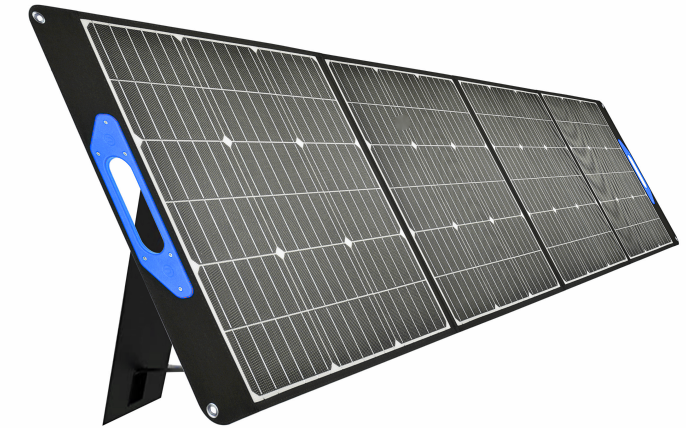In the field of biological research, especially when working with eukaryotic systems, cell culture is a common and essential practice. The condition of the cells directly affects the reliability and validity of experimental results. However, with so many different cell lines available in laboratories, each having its own growth patterns, it can be challenging for researchers to determine whether their cultures are healthy.
To address this, major manufacturers have developed a variety of tools designed to monitor and assess cell health. These range from specialized assays used in drug screening to more routine methods for daily cell culture monitoring. Let’s explore some of the most effective options currently available.
**Cell Viability: A Key Indicator**
When it comes to evaluating cell health, one of the most direct indicators is **cell viability**. Traditionally, cell viability was assessed using **trypan blue exclusion**, where live cells exclude the dye while dead or damaged cells take it up. This method is often combined with **hemocytometer counting** to estimate both cell number and viability.
However, automated alternatives now exist. For example, **Bio-Rad’s TC20 Automated Cell Counter** streamlines the process by providing rapid and accurate cell counts without the need for manual pipetting. Another advanced approach is **flow cytometry**, which allows for more detailed analysis.
MilliporeSigma’s **Muse® Count & Viability Assay** uses two fluorescent dyes—one that labels all nucleated cells and another that identifies non-viable cells. By analyzing these with a **Muse Cell Analyzer**, researchers can quickly determine total cell count and the proportion of viable cells. In fact, MilliporeSigma has over 25 tests available for the Muse system, with 10 specifically focused on cell health, including assessments of apoptosis, oxidative stress, mitochondrial function, and cell cycle status.
Another tool, **Bio-Rad’s CytoTrack™ Assay**, uses flow cytometry to measure cell proliferation. The assay involves a dye that is taken up by cells and diluted during division. As the cells divide, the fluorescence intensity decreases, allowing researchers to track how many times a cell has divided.
**Imaging Technologies for Real-Time Monitoring**
Beyond flow cytometry, **imaging-based methods** have also become increasingly popular. Platforms like **Bio-Rad’s ZOE™ Fluorescent Cell Imager** combine the ease of a tablet interface with an inverted microscope and digital fluorescence imaging. It features bright field and three fluorescent channels, making it ideal for monitoring cells that express fluorescent proteins.
Additionally, Bio-Rad offers **VivaFixâ„¢ Reagent**, which helps distinguish between live and dead cells based on staining intensity. This reagent binds to primary amines, enabling researchers to assess cell viability visually or through automated image analysis.
Other companies, such as **Essen Bioscience** and **GE Healthcare**, have also introduced imaging platforms that capture morphological changes in real time, offering a powerful alternative for long-term cell culture monitoring.
Whether you’re looking for quick and simple viability checks or more detailed analysis of cell health, there are numerous tools available to suit your needs. From traditional methods like trypan blue to cutting-edge technologies like flow cytometry and imaging, the right choice depends on your specific research goals and lab setup.
If you're interested in high-quality reagents and kits for your experiments, Nanjing Xinfan Biotechnology Co., Ltd. offers a wide range of **ELISA kits**, including **human ELISA test kits**, **rat ELISA test kits**, and **imported ELISA kits**, ensuring reliable and accurate results for your research.

A solar cell panel, solar electric panel, photo-voltaic (PV) module, PV panel or Solar Panel is an assembly of photovoltaic solar cells mounted in a (usually rectangular) frame, and a neatly organised collection of PV panels is called a photovoltaic system or solar array. Solar panels capture sunlight as a source of radiant energy, which is converted into electric energy in the form of direct current (DC) electricity.
200W Solar Panel,Solar Panel Portable Charger,Folding Solar Portable Power Station With Solar Panel,Folding Solar Panel
suzhou whaylan new energy technology co., ltd , https://www.xinlingvideo.com
![<?echo $_SERVER['SERVER_NAME'];?>](/template/twentyseventeen/skin/images/header.jpg)